Millets possess potential benefits in managing hypertension due to their nutrient profile. Varieties like finger millet (ragi), pearl millet, sorghum, and others are rich in minerals like magnesium and potassium, as well as dietary fiber. These components play pivotal roles in cardiovascular health, potentially contributing to blood pressure regulation.
Table of Contents
Benefits of Millets in Controlling Hypertension
- Rich in Nutrients: Millets, such as finger millet (ragi), pearl millet, sorghum, and others, contain essential nutrients like magnesium, potassium, and dietary fiber, which contribute to heart health and help regulate blood pressure.
- Magnesium Content: Millets are a good source of magnesium, a mineral known to help relax blood vessels, potentially aiding in blood pressure regulation.
- Potassium Levels: Potassium, found in millets, plays a vital role in balancing sodium levels in the body, thus helping to manage blood pressure.
- Dietary Fiber: Millets are rich in dietary fiber, which can help lower cholesterol levels, improve heart health, and indirectly contribute to better blood pressure management.
-
Low Glycemic Index: Millets have a low glycemic index, meaning they are digested slowly, preventing rapid spikes in blood sugar levels. Maintaining stable blood sugar levels can indirectly support blood pressure control.
Role Of Magnesium In Controlling Hypertension:
Magnesium, a mineral abundantly found in millets such as finger millet (ragi), pearl millet, and sorghum, plays a significant role in potentially aiding the control of hypertension:
- Vasodilation: Magnesium has a vasodilatory effect, meaning it helps relax and dilate blood vessels. This relaxation can potentially reduce blood pressure by allowing blood to flow more freely and easing the strain on the heart.
- Regulating Blood Pressure: Magnesium contributes to the regulation of blood pressure by influencing ion transport and smooth muscle cell function in blood vessel walls. This regulation is essential for maintaining healthy blood pressure levels.
- Anti-inflammatory Properties: Magnesium possesses anti-inflammatory properties, potentially reducing inflammation in blood vessels. Lowering inflammation can positively impact blood pressure regulation.
- Balancing Electrolytes: Magnesium helps balance electrolytes in the body, particularly by counteracting the effects of sodium, which can contribute to hypertension when in excess.
-
Supporting Heart Health: Adequate magnesium intake is linked to improved cardiovascular health, supporting the overall function of the heart and potentially reducing the risk of hypertension and related heart conditions.
Role Of Potassium In Controlling Hypertension:
Potassium, found in millets such as finger millet (ragi), pearl millet, and sorghum, plays a crucial role in potentially controlling hypertension due to several reasons:
- Regulating Blood Pressure: Potassium is essential for balancing sodium levels in the body. Sodium, often linked to high blood pressure, can be counteracted by potassium. Adequate potassium intake can help the body excrete excess sodium through urine, thereby regulating blood pressure.
- Vasodilation and Blood Vessel Health: Potassium supports the relaxation and dilation of blood vessels, contributing to improved blood flow and potentially reducing strain on the cardiovascular system. This effect can aid in managing hypertension.
- Maintaining Electrolyte Balance: Potassium is a vital electrolyte, maintaining fluid balance and aiding in nerve function and muscle contractions. Its role in maintaining the body's electrolyte balance is essential for overall cardiovascular health.
- Reducing Tension in Arterial Walls: Adequate potassium levels may help prevent tension in arterial walls, potentially reducing the risk of hypertension and related heart conditions.
-
Supporting Kidney Function: Potassium helps support kidney function by facilitating the removal of excess sodium and fluid from the body, thereby contributing to blood pressure regulation.
Role Of Low Glycemic Index In Controlling Hypertension:
The low glycemic index (GI) of millets, such as finger millet (ragi), pearl millet, sorghum, and others, may contribute to managing hypertension indirectly through several mechanisms:
- Stable Blood Sugar Levels: Millets have a low glycemic index, meaning they are digested and absorbed slowly, leading to a gradual increase in blood sugar levels. This slow release of glucose helps prevent rapid spikes in blood sugar, contributing to more stable blood sugar levels.
- Reduced Insulin Resistance: Foods with a low glycemic index can potentially improve insulin sensitivity and reduce insulin resistance. Improved insulin sensitivity may support better blood pressure control and overall cardiovascular health.
- Weight Management: Low GI foods like millets can aid in weight management by providing longer-lasting satiety, potentially helping in weight control. Maintaining a healthy weight is crucial in managing hypertension.
- Reduced Risk of Type 2 Diabetes: Low GI foods are associated with a reduced risk of developing type 2 diabetes. Managing and preventing diabetes is essential for overall heart health and hypertension management.

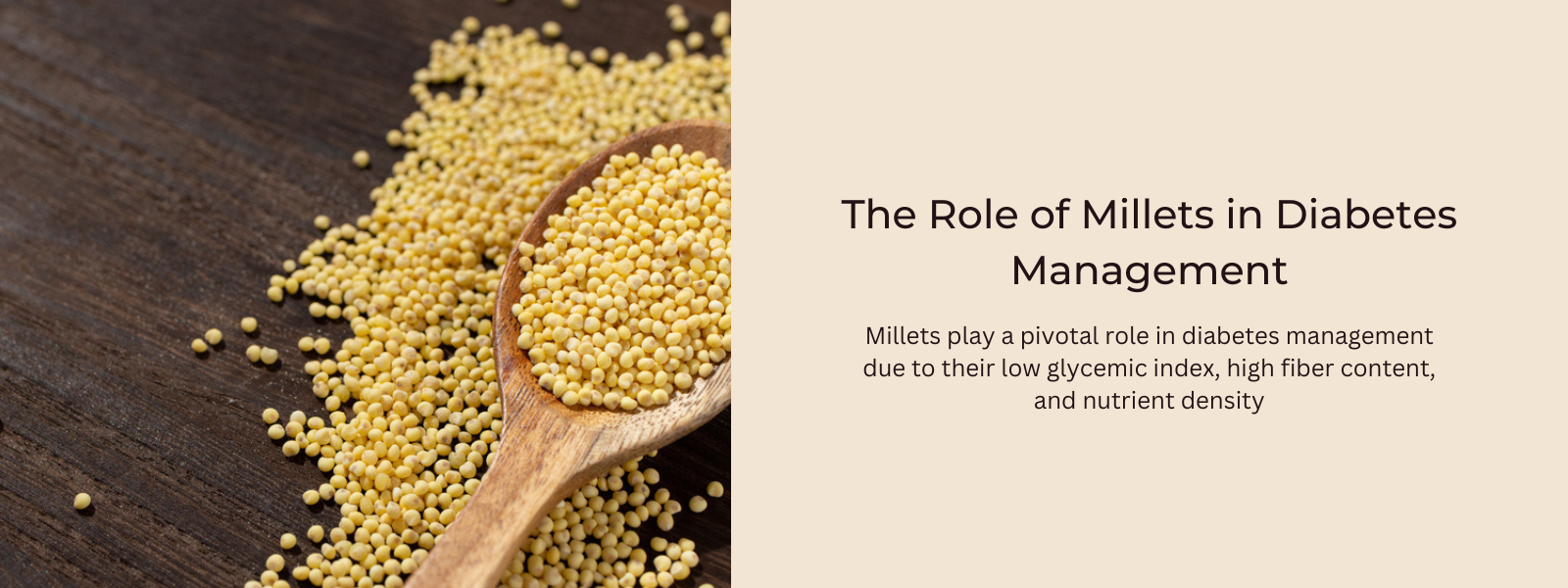
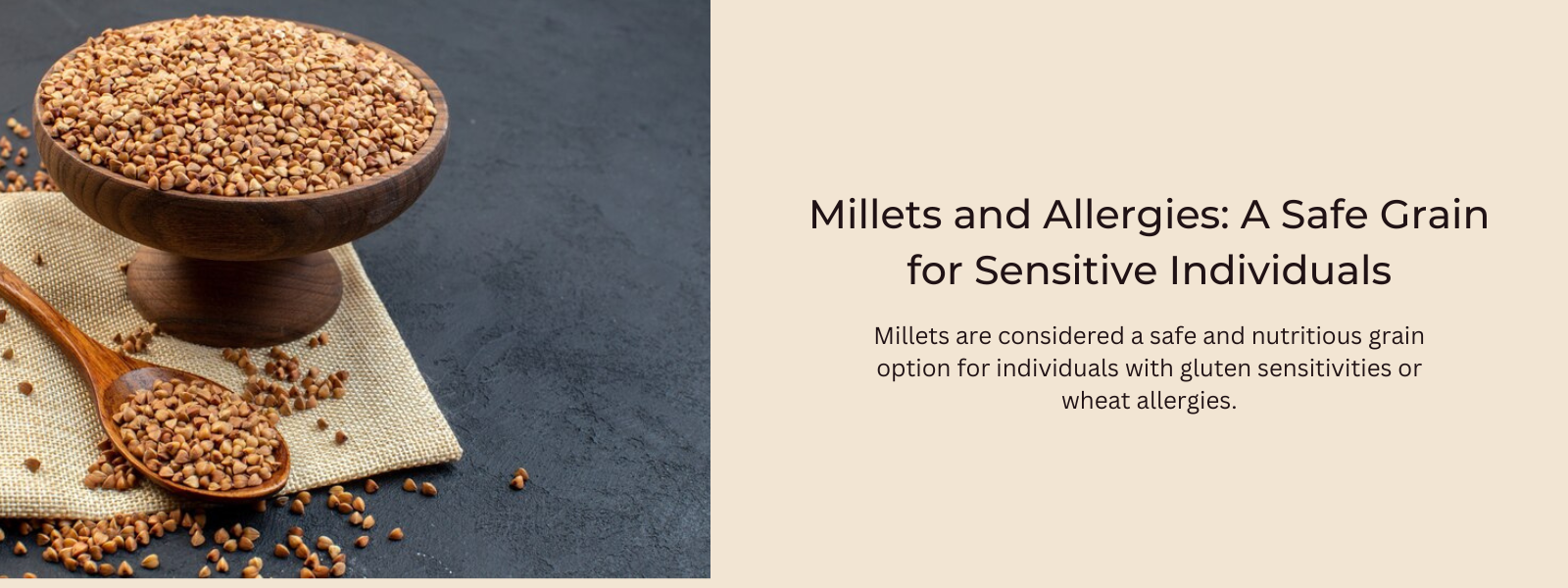
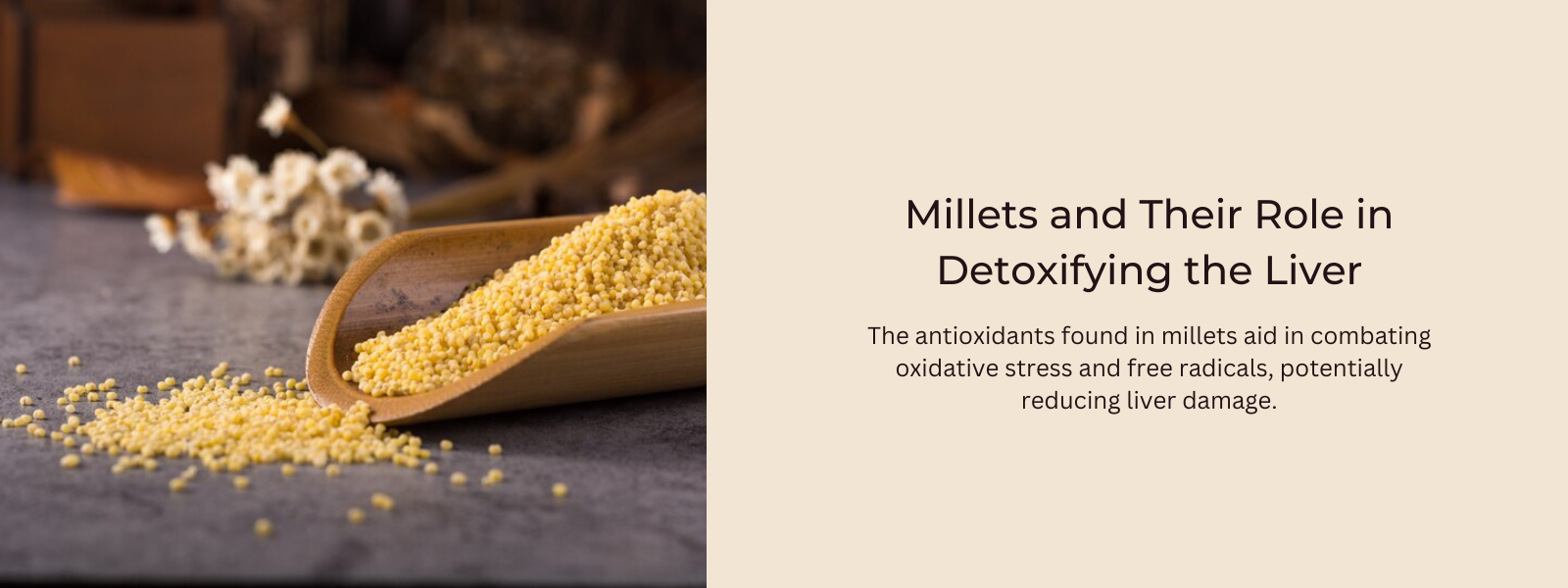
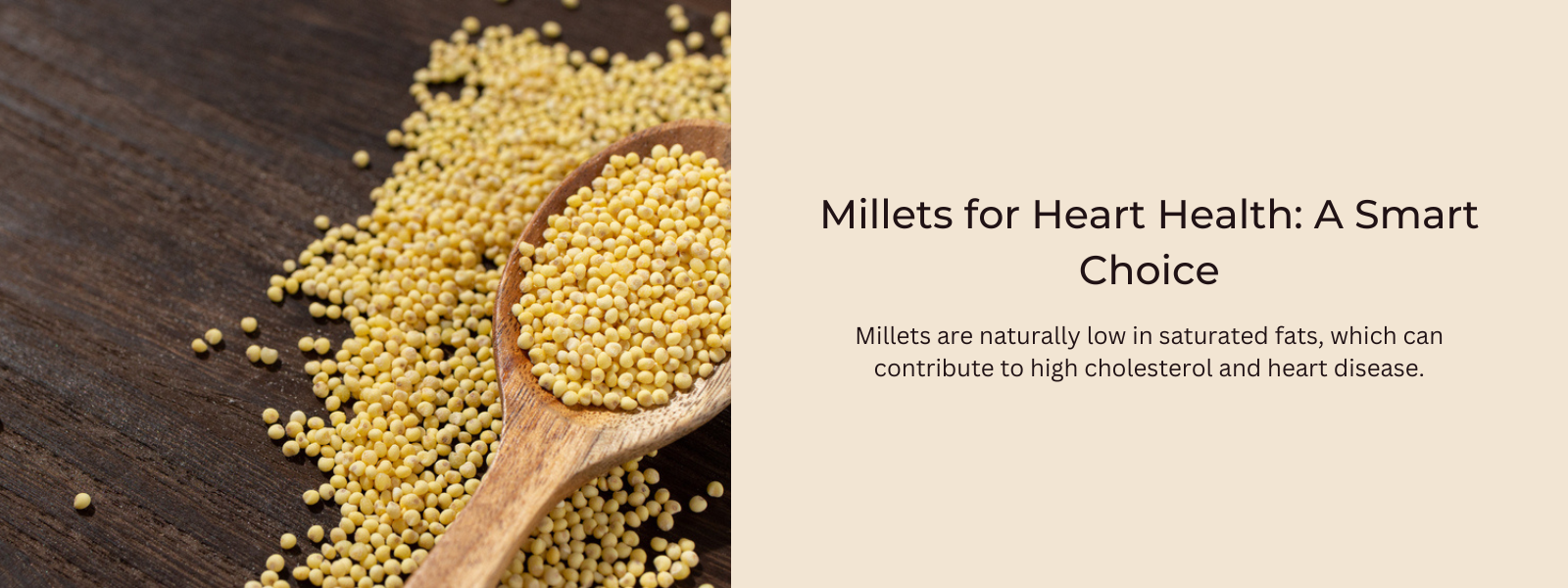
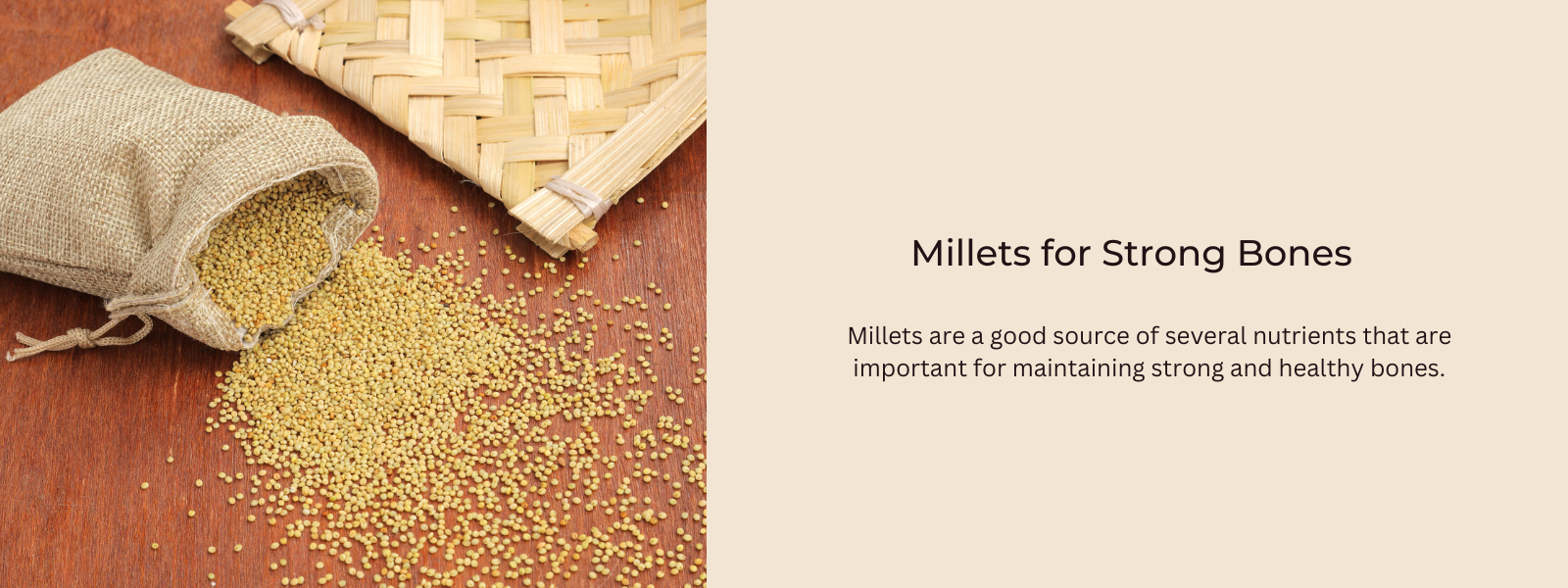
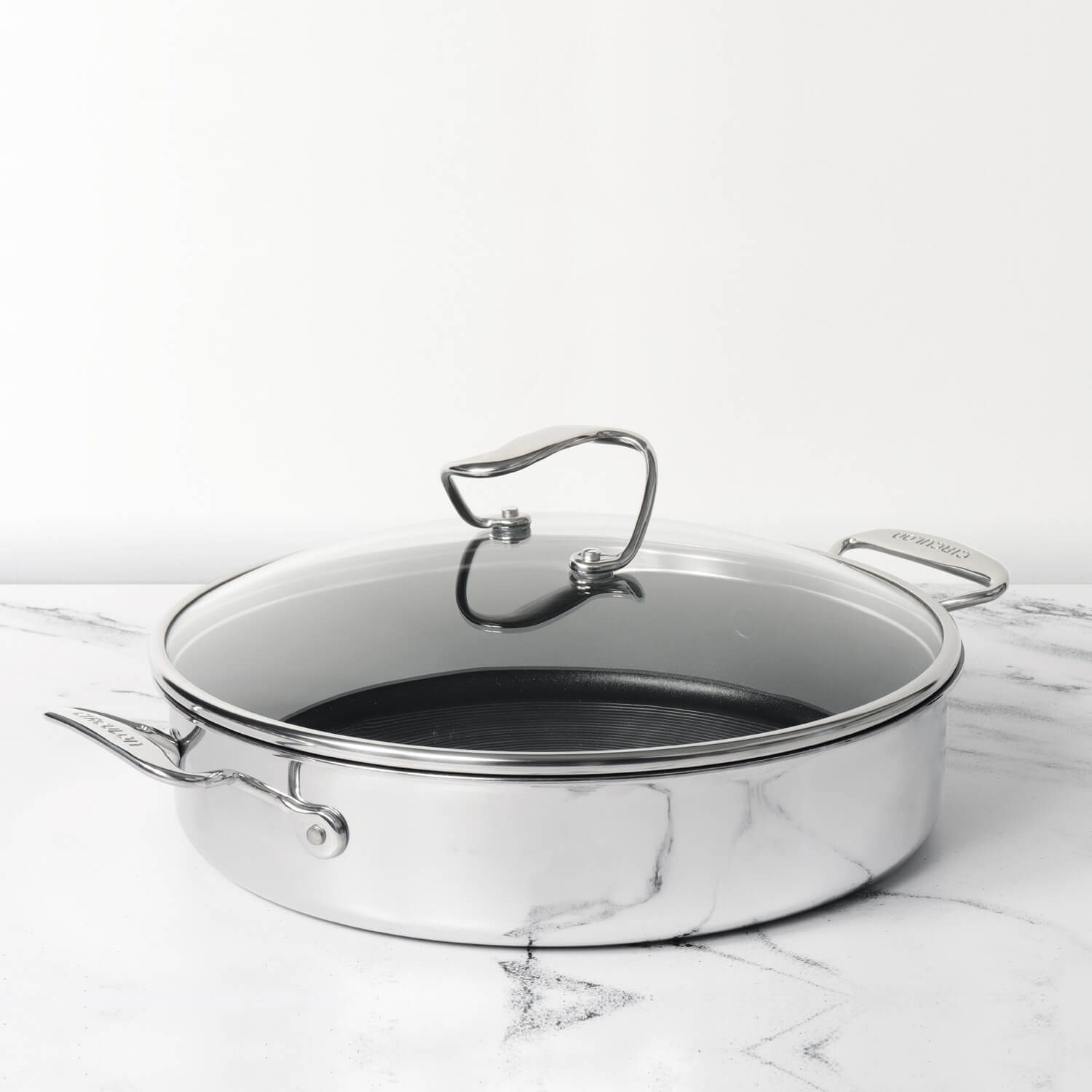
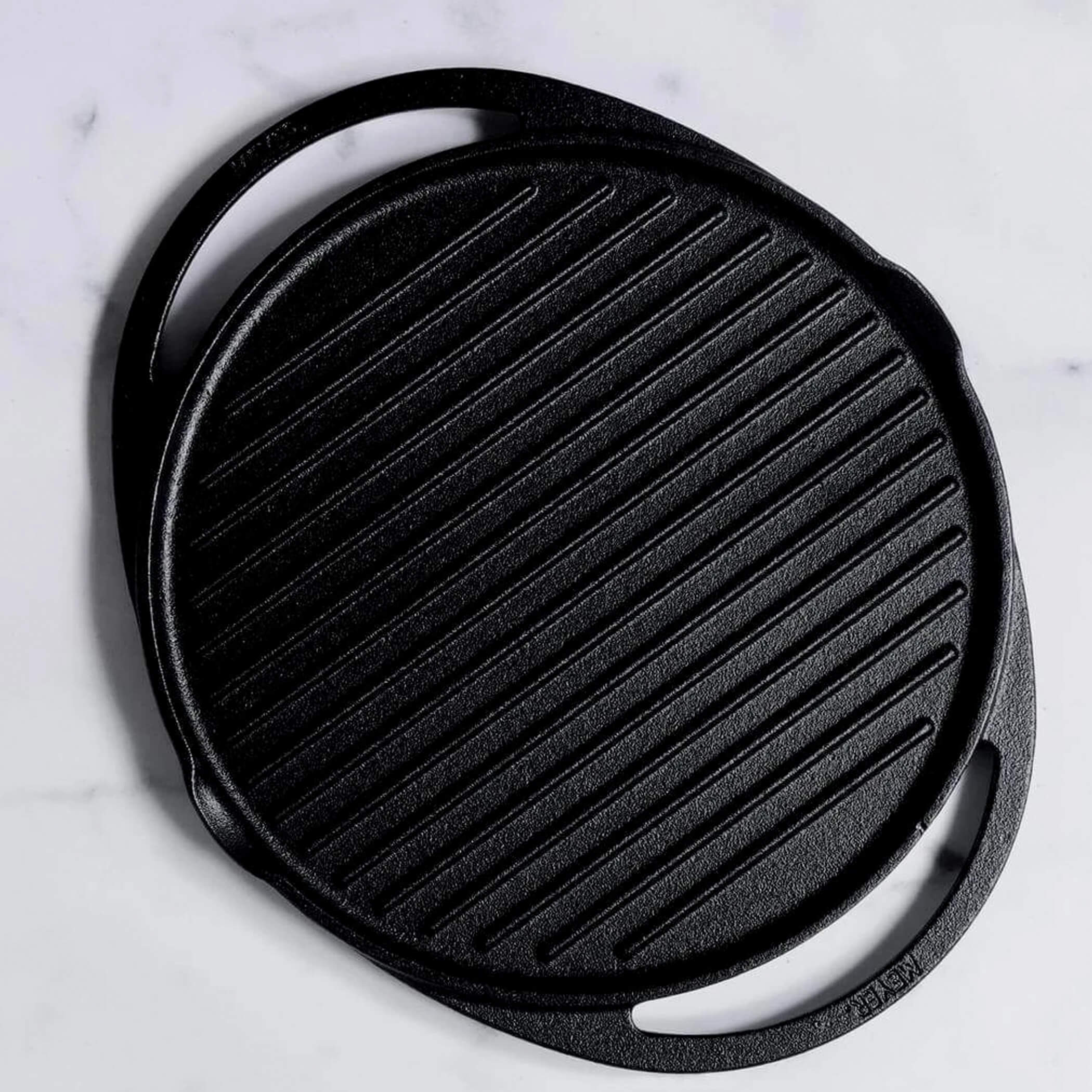




Leave a comment